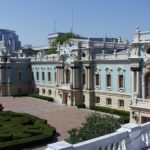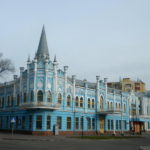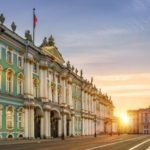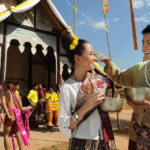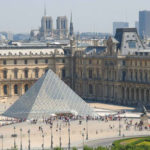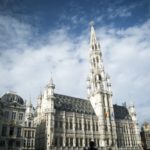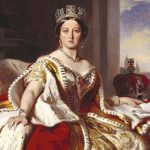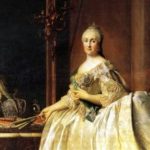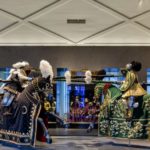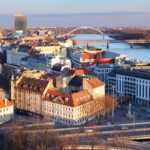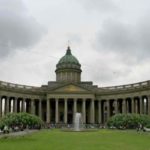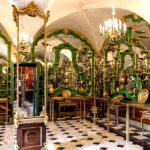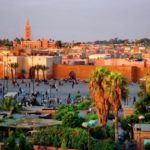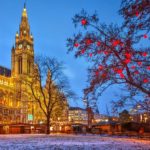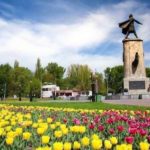Mariinsky Palace
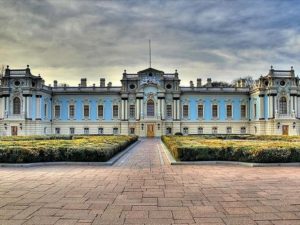 One of the finest examples of Baroque palace architecture is the former imperial residence in the capital Pechersk, known as the Mariinsky, or the Royal Palace. It was built in 1755 for the Empress Elizabeth Petrovna on the model of the palace, erected by the Italian Rastrelli for the Hetman Razumovsky. The place was chosen by the queen herself. The construction was supervised by the Russian architect Michurin.
One of the finest examples of Baroque palace architecture is the former imperial residence in the capital Pechersk, known as the Mariinsky, or the Royal Palace. It was built in 1755 for the Empress Elizabeth Petrovna on the model of the palace, erected by the Italian Rastrelli for the Hetman Razumovsky. The place was chosen by the queen herself. The construction was supervised by the Russian architect Michurin.
Monarchs often visited their Kiev residence. Basically, they were here while traveling to the Crimea and back. So, in February 1787, Catherine II hosted here politician Francisco Miranda, who later became famous for the liberation of South America from the Spaniards. The descendants of the Empress did not forget about the palace, and each of them rebuilt the chambers in which he stayed, to his own taste. In addition, there lived the commander Mikhail Kutuzov and the hero of the war with Napoleon Nikolai Rajewski.
Throughout its history, the palace has repeatedly burned and repaired. After a strong fire in the second half of the XIX century, small restructuring took place in the palace. Architect Mayevsky created new interiors, most of which have survived. The date of this restructuring, “1870”, was struck on the cartouche of the park facade.
The monument to World War II was unlucky – the central part of the palace was destroyed by a bomb blast. Restoration continued in 1945-1949. It was not the last repair of the former residence of the monarchs. After that, the palace was repaired three more times. Now he is one of the two capital residences of the President. Celebrations are held in its halls, usually here newly appointed ambassadors present credentials to the guarantor of the Constitution.
The interiors of the Mariinsky Palace are striking: the main staircase, on which bronze cupid lamps stand, leads to the largest, the White Hall. This is where the official celebrations take place. The Banquet room and the Green drawing room adjoin to it. It is also worth highlighting the Blue living room and especially the Baroque hall, where restorers recreated the style of the interiors inherent in the works of Rastrelli.
The furniture of the end of the 19th century was also preserved in the palace, as well as fragments of paintings by the artist Aliaudi of the same time. No less exciting and valuable parquet floor, in which different types of wood form original patterns. It comes from the time of the penultimate restoration. Important elements of the decoration of the palace are antique objects of decorative art.
The palace surrounds the park of the same name. In the ceremonial Kardoner a part of the old French park, which was founded by Peter I, has been preserved. The magnificent pool with a fountain provides the complex with even greater pomp. By the way, in tsarist times, in this part of the park there was a greenhouse where

